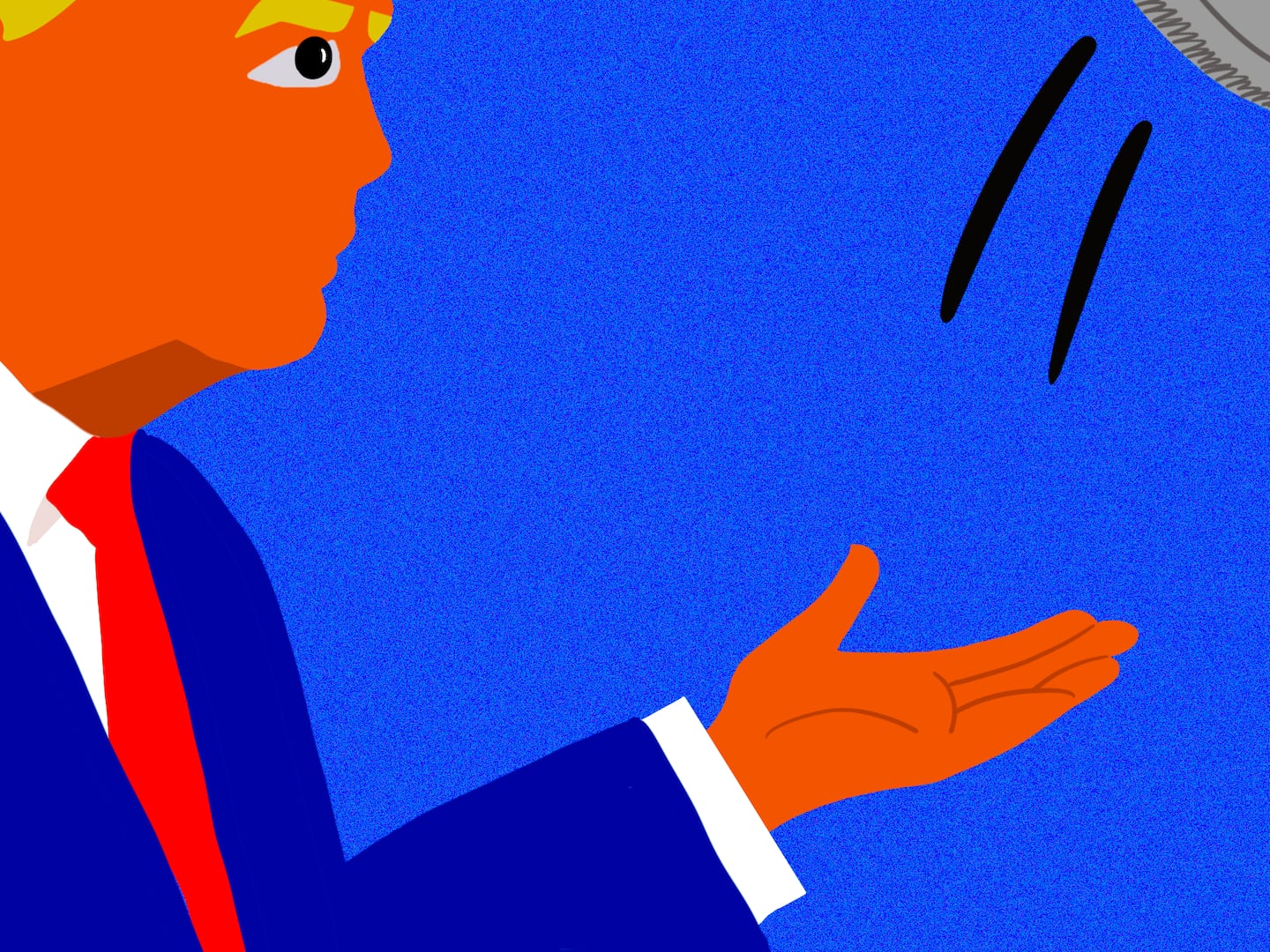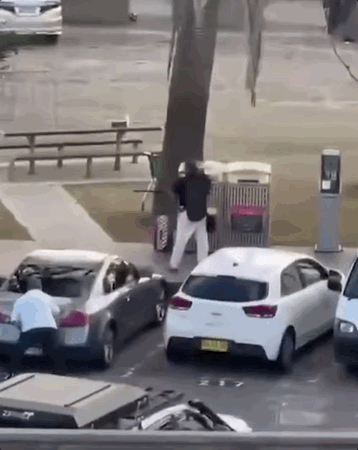There’s something about surfing that captures the hearts of almost everyone who sees it, whether they’re camping on a beach in Oahu or hanging at a Starbucks in Ohio. It’s a visceral connection with the world, a testament to the human spirit, watching daredevils dance on some of the most powerful forces in nature. It’s through this omnipotent awe of the sport that a new film, documenting the life of unlikely Chilean big wave surfer-come-conservationist Ramón Navarro, hopes to impart a message of not only hope in the face of daunting environmental decay but also show that there is a new way, a better way, to save fragile coastlines.
The Fisherman’s Son takes its name quite literally from Navarro’s heritage, growing up in rural Chile in a town called Punta de Lobos, home to subsistence fishermen and one hell of surf spot in the form of a lefthanded point break. Unfortunately, this pristine coastline, where Navarro cut his teeth as a child surfing all day, every day on second-hand boards, is facing the same demise as so many tranquil hamlets—large-scale development, natural resources be damned. After spending a decade and more passionately working his way to being one of the world’s greatest big-wave surfers—a career (and surfing history) highlight is the “perfect wave” he caught in Fiji during a pro competition in 2012—he has now dedicated much of his life to using his global presence as a platform to promote saving the oceans he loves, beginning with that hometown break.

Working with the Save the Waves organization and one of his sponsors, Patagonia, he is rallying people to the cause of making Punta de Lobos a World Surfing Reserve, forever protected from the sort of environmental fallout that has plagued so much of our world’s coasts.
As the film gains buzz—last weekend it took the 5 Points Award at the 5 Points Film Festival, and a nationwide book and film tour kicks off this summer—it’s safe to say Navarro is well on his way to succeeding. We caught up with the film’s creator, acclaimed documentary maker and professional surfer Chris Malloy, to discuss his motivation, and inspiration, in making The Fisherman’s Son.
So what brought you to this film?
Just like all the stuff that I work on, it’s experiential. It’s not like I read an article about something and I’m like, “Oh my god, I’ve got to make a film for this!” It was a 10-year relationship with Chile and Ramón, watching him grow and becoming really inspired by him, and being blown away with his unlikely trajectory. We started spending more time together, and over beers started talking about his openness to the idea [of the film]. And just like most things that I work with Patagonia on, I come back from the first filming trip and tell them, “I’m making this movie, and you’re going to fund it (laughs).”
And they just smile and sign the check? That’s amazing.
It comes down to me going and sitting with Yvon [Chouinard, Patagonia founder] a lot, and he’ll shut me down without even hesitating if he doesn’t like an idea. But if he likes it, we talk about it on a philosophical level rather than the hype of where it’s gonna show. We’re pretty similar in that we don’t care much about that side of it. It’s not gonna sell a lot of T-shirts, but it lets our audience know that we’re down to put money into a story that we care about, you know? And I think people are becoming much more discerning on how they’re being communicated to with marketing, and I think that that’s the future on a lot of levels.
What is your ultimate goal for the film? What do you hope it communicates?
Ramón was seen by and large in the surfing community as a guy from Latin America who surfed big waves. He was on the map, people recognized his name, but not much more than that. And I saw that there’s no other story in surfing quite like Ramón’s. His story is unique in that 99 percent of pro surfers, they fall into two categories: One is an upper- middle-class white kid who’s been surfing since he was 6, he’s never had to worry about where he got his gear from, and was going on trips to Fiji and Hawaii with his parents. Then he makes a bunch of money and gets involved with some kind of cause because it makes sense for his portfolio. Which is fine. There’s nothing the matter with that. I’m not taking away from the hard work and the balls that these kids have.
Then there are the other kids who don’t come from much, but when they do hit it big it usually equates to an Escalade and a flat-brimmed hat and a move to the biggest city near the small town or village that they came from. It’s a “don’t look back” mentality, which is also very okay.
But Ramón, he came from nothing monetarily. He had a great upbringing, but in a subsistence fishing family in a place where surfing was just beginning. The idea of a Chilean becoming a professional surfer was absurd. The idea of him becoming what he’s become, one of the top 10 big-wave surfers in the world–it’s incredible.
He could’ve moved to Hawaii or California, but he stayed super connected to his roots and stayed true to his family. And because of his travels, he’s realized that where he’s from, that whole Chilean coastline, is as beautiful as anything in California. And he realizes that he’s in California 150 years ago, and if these places and these people aren’t given a voice, or if there’s not somebody to hold the developers accountable, then its gonna look like Laguna Beach. He’s not a militant eco-Nazi. He’s just helping that culture and that place stay intact. A mindful progression.
He’s the voice of the Chilean coastline. And he is—in Chile he’s a national hero. So he feels a very, very deep responsibility to help steward how development along the coastline goes in the next few decades.
So now that the film is out, what do you see as the next step?
Here’s how the film could work. There’s a ton of folks in Chile who have the mindset of our parents in the ’50s. They’re like, “Wow, that’s incredible that you can put in a paper mill and then all the waste from it goes right down the river so you don’t have to deal with it.” They haven’t had that “Holy shit, wait a minute” moment. A surprising amount of them haven’t been exposed to that mentality.
That’s the first level. The second level is that we’re trying to get enough funds and resources together to acquire his home break, which has developers that are circling it right now. And we actually, during the course of the film, made a ton of progress.
The idea would be to take that point break and turn it into a park with an interpretive center. Motivate people to help get involved in the acquisition of this place, and then use this as a model. You’ve got thousands of miles of Chilean coastline that are up for grabs. Most of them are cattle stations with families that have been there forever, and somebody from Santiago comes in and goes, “You’ve got fifteen thousand coastal acres. I could put a town, I could put a thousand apartments, I could put a beach resort on this. I’ll give you five million bucks for this.” And those people have never seen that much money in their lives, and they go, “Fuck yeah! I’m in!”
It’s a conservation model that doesn’t exist in too many places. The model that we know through Roosevelt is government-owned and -run, which of course succeeded on so many levels, but because of that the U.S. government doesn’t believe that private citizens can do worthy conservation projects on a large scale.
If you look at what the BLM has done in the last 60 years, it’s incredible. What you have is people running huge tracts of land that don’t have any connection to it. You have people in Washington or wherever making big decisions, and then you have farmers and ranchers who are given these huge leases. But they don’t own those pastures, so there’s no reason for them to graze them in a long-term, sustainable way. I’m not saying that all those ranchers have ruined something, but it’s a model that has people who aren’t intimately connected with a place making the decisions about them. The reason I like this model that Ramón is setting up is everybody involved in it is from there. They live there, or they love the place, and they understand it.






